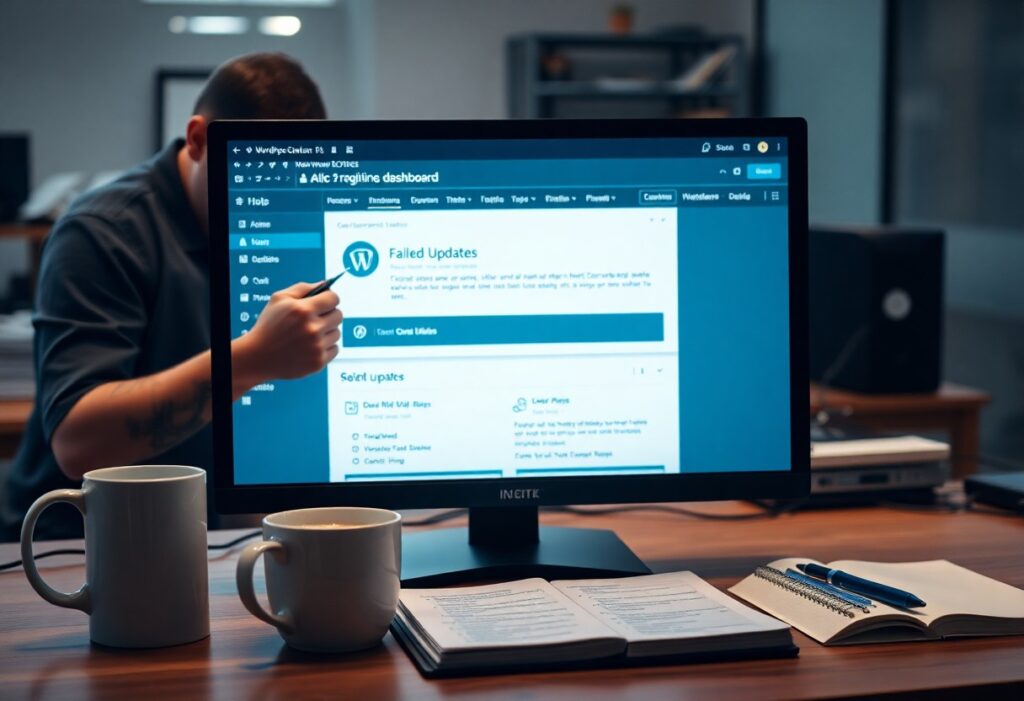Just thinking about how to enhance the speed of your WordPress website can motivate you to take actionable steps. A fast-loading website not only improves user experience but also boosts your site’s search engine ranking. Here are some simple methods to effortlessly enhance your website’s speed.
1. Optimize Images
Images can significantly slow down your site. You should always resize and compress images before uploading them to your WordPress site. Use tools like Adobe Photoshop or online compressors like TinyPNG. Additionally, consider using the WebP format, which offers high quality at a smaller file size. Furthermore, install a plugin like Smush to automate image optimization.
2. Use a Caching Plugin
Caching helps reduce server load and load times. Installing a caching plugin like W3 Total Cache or WP Super Cache can dramatically speed up your site. These plugins create static versions of your dynamic pages, allowing users to load them quicker, subsequently improving their browsing experience.
3. Minify CSS, JavaScript, and HTML
Reducing the overall size of your code can greatly enhance your site’s performance. You can achieve this by minifying CSS, JavaScript, and HTML files. Use a plugin such as Autoptimize or WP Rocket that minimizes files without impacting functionality.
4. Choose a Fast Hosting Provider
Your choice of web hosting is fundamental to your site’s performance. If you’re using shared hosting, consider upgrading to VPS or managed WordPress hosting. Providers like SiteGround or Bluehost are known for their speed and reliability. This investment can lead to a noticeable improvement in your website’s loading speed.
5. Optimize Your Database
A clogged database can significantly hinder performance. Regularly cleaning your database by removing unnecessary data such as post revisions, spam comments, and uninstalled plugins can help. You can use a plugin like WP-Optimize to tidy up your database automatically.
6. Limit Plugins
While plugins can add functionality to your site, too many can slow it down. Aim to keep your plugin count to a minimum. Deactivate and delete any plugins that you don’t actively utilize. Additionally, consider using plugins that combine functions, to further reduce the overall load.”
7. Enable Gzip Compression
Enable Gzip compression to reduce the size of your files before they’re sent to the user’s browser. This effectively speeds up your website. Many caching plugins include Gzip settings, making it easy for you to enable this feature.
8. Utilize a Content Delivery Network (CDN)
Consider using a CDN like Cloudflare or MaxCDN. A CDN stores your website’s static files on servers around the world, allowing users to access your site from the server closest to them, which boosts load time.
By implementing these methods, you can achieve significant improvements in your WordPress website speed. Start with one or two techniques and gradually incorporate more strategies to see the best results.
Need expert help managing your WordPress site?
If "Simple How-To Methods To Effortlessly Boost Your WordPress Website Speed" was useful, imagine your site with expert care — speed, security, uptime, and updates handled for you.




